Fullmoon Maple (Acer japonicum), also known as Peacock Maple or Downy Japanese Maple, is a deciduous woody shrub belonging to the Sapindaceae family. Native to the mountainous regions of Japan, Manchuria, and Korea, this ornamental tree has gained popularity in North America and Europe for its striking seasonal display.
Typically growing to a height of 10 meters or less, the Fullmoon Maple is admired for its broad, rounded leaves that resemble a full moon. As autumn approaches, the foliage transforms into brilliant shades of dark red or vibrant orange before shedding for the season, making it a favorite choice for adding dramatic fall color to gardens and landscapes.
This species thrives in well-drained soil and partial shade, making it ideal for temperate gardens where subtle beauty and rich seasonal color are valued.
| Common name | Fullmoon Maple, Peacock maple, Downy Japanese Maple |
| Botanical name | Acer japonicum |
| Family | Sapindaceae |
| Species | japonicum |
| Origin | Mountainous areas of Japan, Manchuria, and Korea |
| Life cycle | Woody |
| Plant type | Shrub |
| Hardiness zone | 5, 6 |
| Sunlight | Full Sun |
| Maintenance | Low |
| Drainage | Well-Drained |
| Growth rate | Slow |
| Harvest time | Fall |
| Flowering period | Spring |
| Height | 15 ft. – 30 ft. |
| Flower color | Gold, Yellow |
| Leaf color | Gold, Yellow |
| Fruit color | Brown, Copper |
| Stem color | Brown, Copper |
| Fruit type | Samara |
| Garden style | Asian Garden |
| Uses | Lawn |
I. Appearance and Characteristics
Acer japonicum, Fullmoon Maple, Downy Japanese-Maple (Japanese: はうちは楓, romanized: hauchiwakaede), is a species of maple native to Japan, on Honshū, Hokkaidō, Kyūshū (Nagasaki Prefecture), and also southern Korea.
Acer japonicum is a small deciduous tree growing to 5–10 m (rarely 15 m) tall, with a trunk up to 40 cm in diameter. The bark is smooth on young trees, becoming rough and scaly on old trees. The shoots are slender, and thinly downy with whitish hairs. The leaves are rounded, 7–15 cm in diameter with 9–13 (rarely 7) serrate lobes incised to half or less of the diameter of the leaf; they are downy at first with white hairs, the hairs mostly lost by late summer except on the veins and the underside of the leaf; the petiole is 2–4 cm long and hairy.
In autumn, the leaves turn bright orange to dark red. The flowers are 1 cm in diameter, dark purplish-red with five sepals and petals; they are produced 10–15 together in drooping corymbs in early spring as the leaves start to open. The fruit is a paired samara with the nutlets 7 mm in diameter with a 20–25 mm wing, hanging under the leaves.
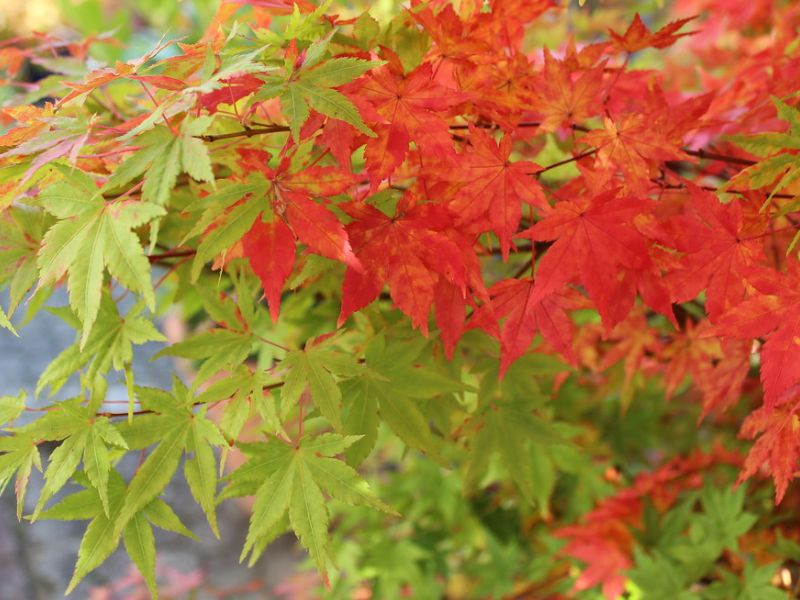
Acer japonicum is frequently cultivated as an ornamental plant in temperate regions of Europe, North America, and elsewhere, though much less commonly than A. palmatum. In cultivation, it is often only a shrubby tree with multiple trunks joining at ground-level.
Its preferred growing conditions are similar to those of A. palmatum, but it is sometimes considered more tolerant of cold, especially compared to the more delicate cultivars of the latter.
II. How to Grow and Care
Sunlight
Fullmoon maple thrives best under full sun conditions, which allow for optimal photosynthesis and robust growth. However, it can tolerate partial sun, meaning it has some flexibility to adapt to less intense light. When fullmoon maple receives less than the preferred light intensity, its growth may slow, and its vibrant foliage color could diminish, which is a cornerstone of its ornamental appeal.
Outdoors, fullmoon maple should be planted in a location where it can receive unfiltered sunlight for most of the day, while still being able to handle some shade. The plant’s leaves can adjust to varying light conditions, which is an adaptation that enables it to maintain health, even if light conditions are not ideal.
Temperature
The fullmoon maple has good cold resistance and is able to tolerate low temperatures. The fullmoon maple is native to the margins of forests in China, Japan, and North Korea, so these trees generally prefer a humid environment. Most fullmoon maple plants have shallow root systems, so they should be watered frequently during the summer. For some varieties, a sprayed mist should be provided during the summer to increase the humidity of the air around them.
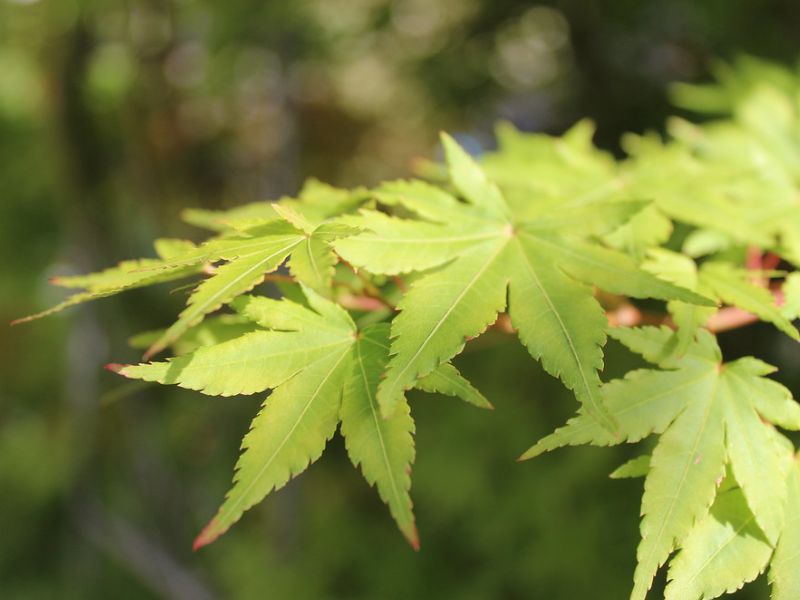
Watering
Originating from the moist, temperate regions of Japan, fullmoon maple thrives in environments that mimic its native habitat’s consistent moisture levels. This species is known for its preference for evenly moist soil and moderate drought tolerance. To maintain its lush foliage, fullmoon maple requires watering every week. As a deciduous plant often grown outdoors, fullmoon maple’s water needs fluctuate with seasonal changes; during its growing season, it demands more frequent irrigation to support robust leaf development.
Soil
The fullmoon maple does not have many specific requirements for soil. It is a forest native, so it prefers well-drained soil that is rich in humus and slightly acidic. Its main root will extend deep into the soil, but its tiny fibrous roots will be concentrated near the soil surface, so accumulated water in the soil tends to cause root rot.
Fertilizing
For healthy growth, fullmoon maple prospers with balanced nutrition fertilizers, preferably those designed for acid-loving plants. During active growth in spring through summer, fertilize fullmoon maple every 4-6 weeks using a 10-10-10 formulation. In the fall, switch to high nitrogen fertilizers to strengthen fullmoon maple against winter stress. Apply sparingly; over-fertilization can harm fullmoon maple’s delicate root system. Monitor fullmoon maple’s growth and leaf color for cues on nutritional needs, and adjust amounts accordingly. Always water fullmoon maple thoroughly after fertilizing to distribute nutrients and prevent root burn.
Pruning
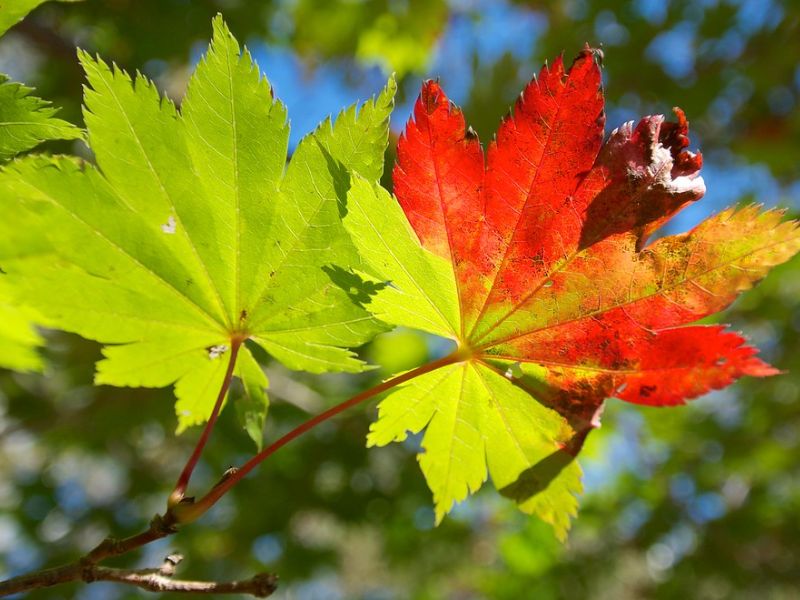
Pruning is mainly used to enhance internal ventilation, improve shoot formation, promote growth, and for shaping. The common approach to pruning is to remove any old or weak branches, remove any branches that disrupt the shape of the tree, and remove any branches that cross other branches. Pruning is used to control the plant according to the required height and shape. Generally, this follows the “Y-type” pruning method.
It is possible to prune a fullmoon maple throughout the year, but the coldest winter months should be avoided to prevent damage to the plant. Major pruning to shape a maple can be performed following defoliation in the fall, or prior to leaf growth in the spring. It is recommended to prune in the fall because withered and full buds can be easily distinguished.
According to the shaping plan, you can prune any withered buds and keep the full ones, thus making your tree healthier. For pruning in the summer, diseased, weak, or dead branches can be removed, mainly to enhance the tree’s ventilation.
If grown as a potted plant, the roots can easily occupy the entire flowerpot due to the limited space. This can make a fullmoon maple prone to aging if an old flowerpot is not changed. It is recommended that old roots are pruned during the dormancy period, that is, cut off any old, coarse, diseased, and weak roots.
Propagation
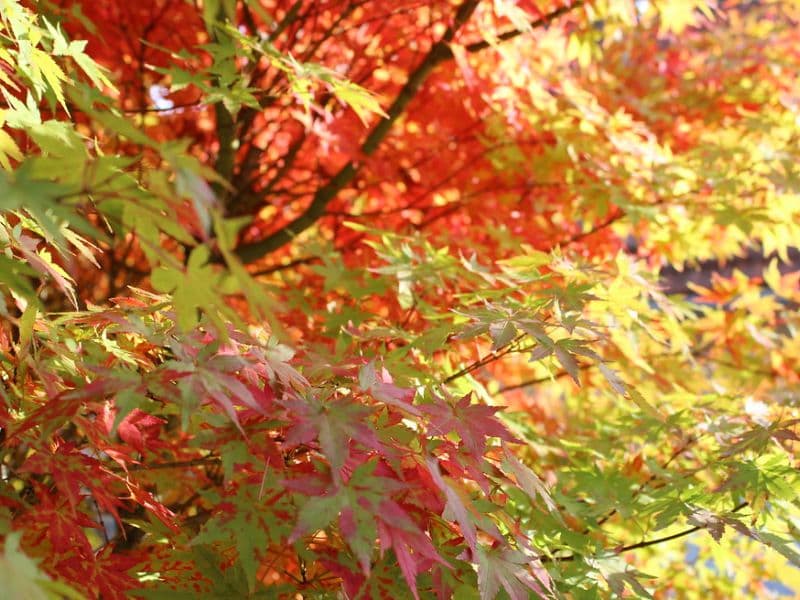
Common propagation methods include grafting, taking cuttings, and sowing seeds.
Grafting is the most common propagation method. Seedlings of Acer palmatum or Acer oliverianum are usually selected for the rootstock. Grafted seedlings have strong roots and grow rapidly, but poor affinity is occasionally present in some cases. Seedlings with Acer oliverianum as the rootstock are less hardy.
Cuttings take longer to grow and are mostly used in the production of bonsai.
Sowing seeds is a common way to cultivate new varieties. The hybrid offspring of two different maples are sown and valuable individuals are then selected from the seedlings. The traits of the parents may not be maintained in the selected offspring.
Transplanting
For successfully transplanting fullmoon maple, late winter to early spring (S10-S12) is the ideal period, as the plant is in dormancy yet set to sprout. A semi-shaded spot with well-drained soil is optimal. Check the plant regularly after transplanting to ensure it’s hydrated and establishing well. Always remember, tender care yields healthier fullmoon maple!
Repotting
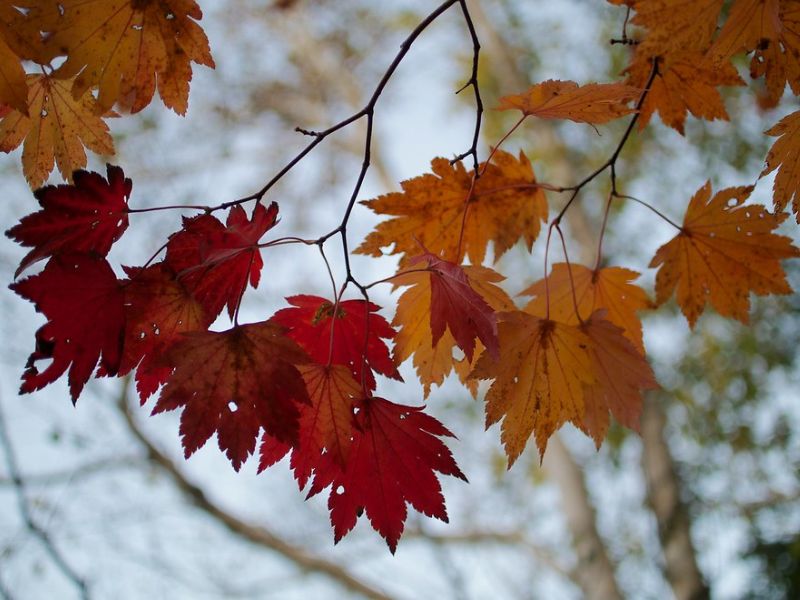
Repot fullmoon maple every 2-3 years in early spring before leaf-out, encouraging a robust growth period. For this mid-sized, non-climbing maple, select a spacious container to accommodate its root system. Post-repotting, provide fullmoon maple with slightly moist soil and partial shade to recover. Remember, fullmoon maple loves consistent moisture but ensures good drainage to prevent root rot. This personal touch would help fullmoon maple thrive.
Find Where to Buy the Best Fullmoon Maple (Acer japonicum)



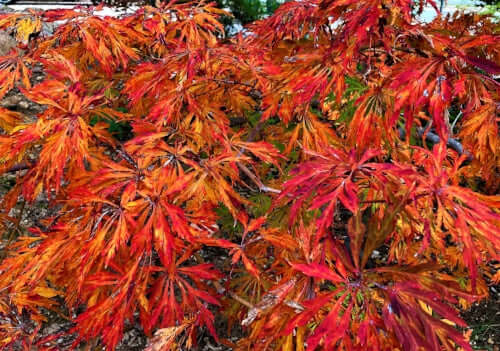




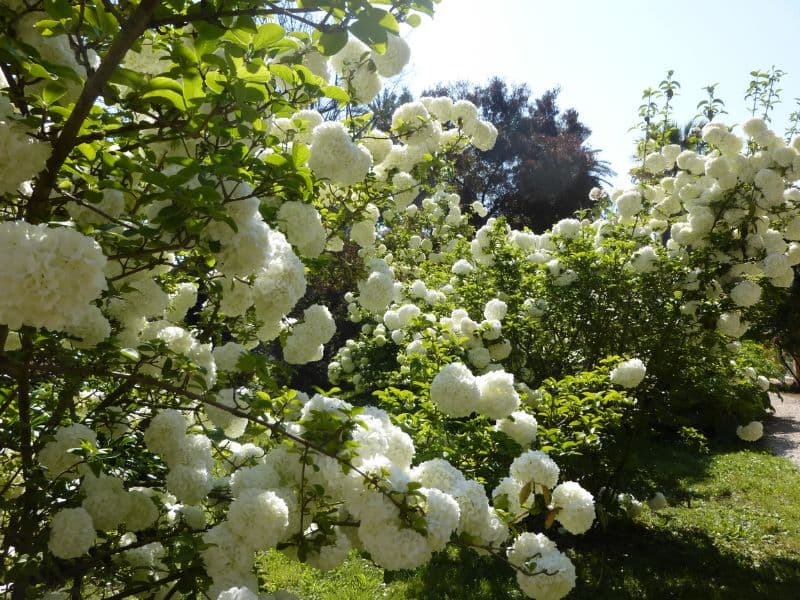
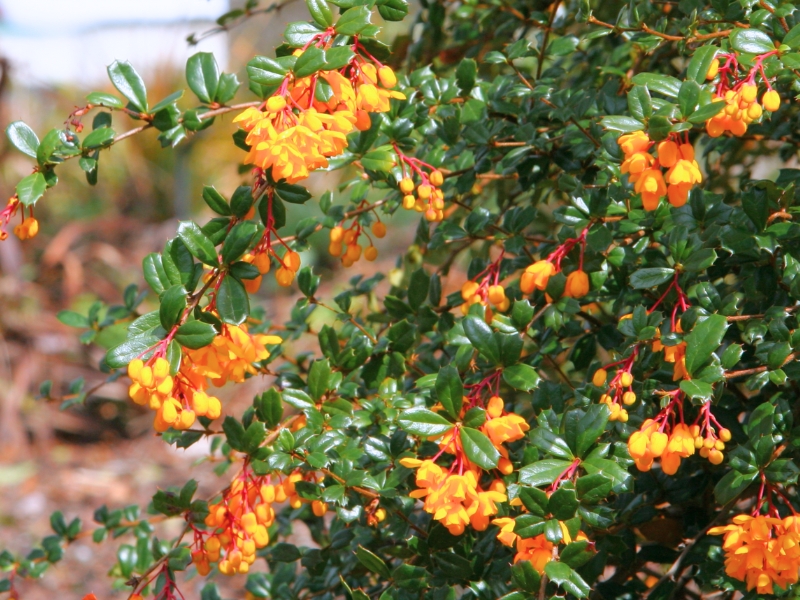
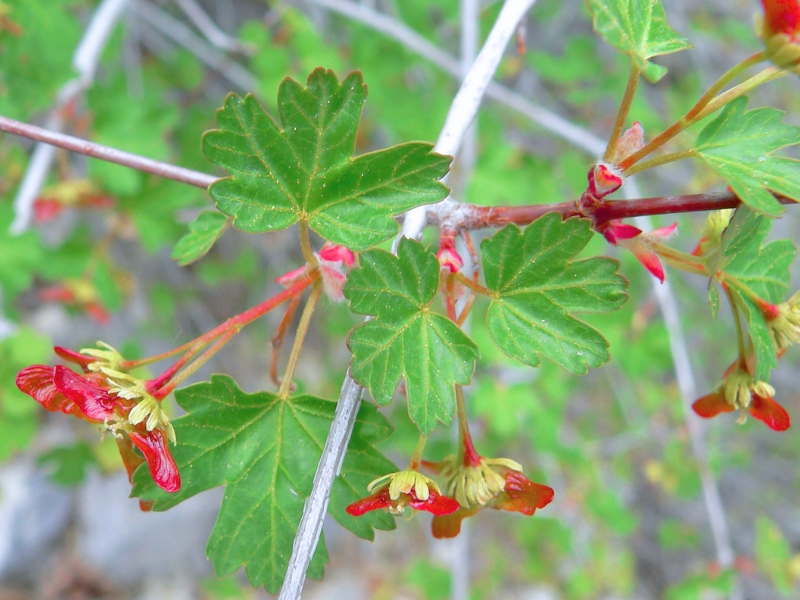
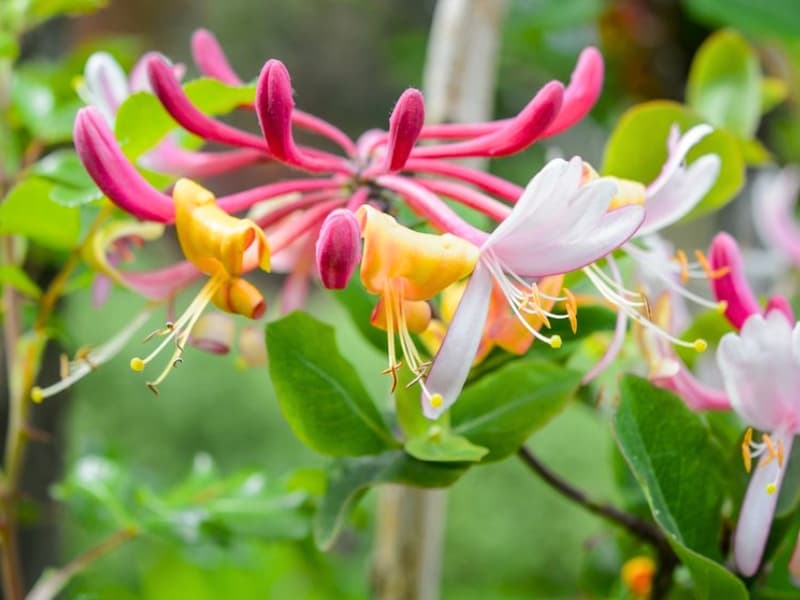
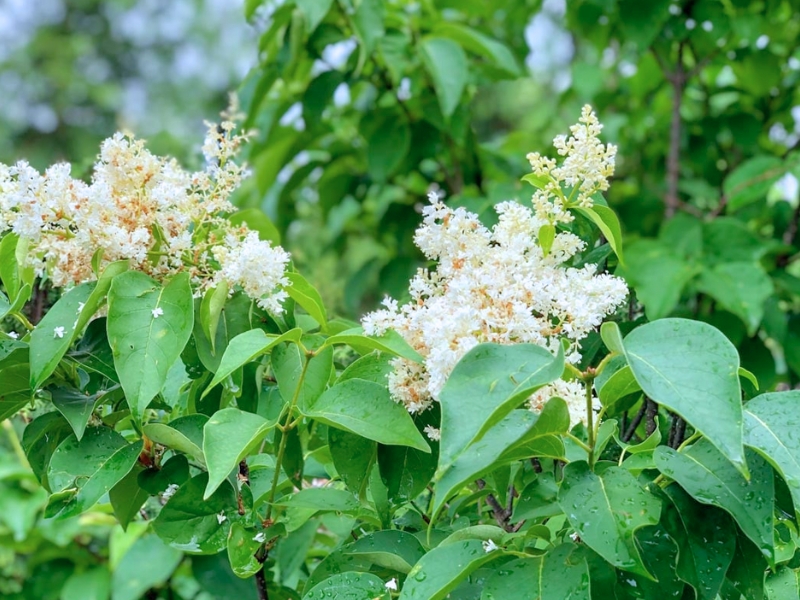
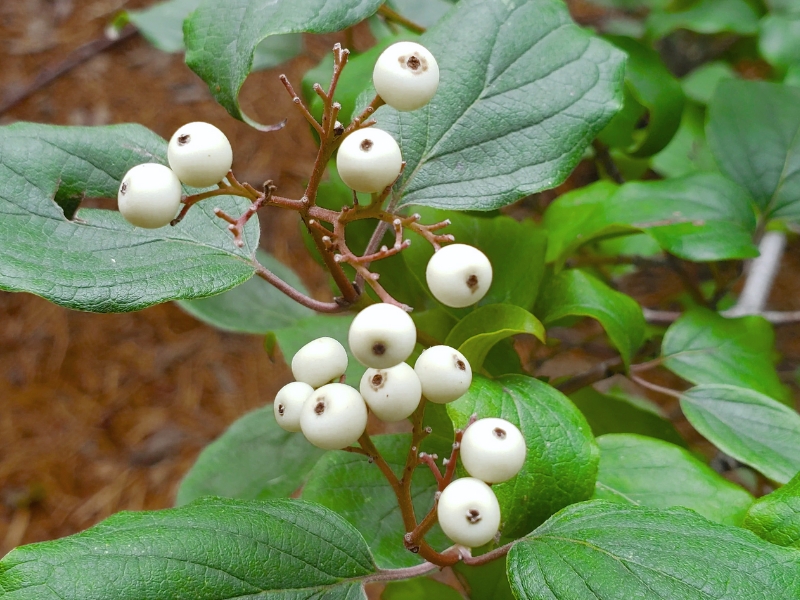
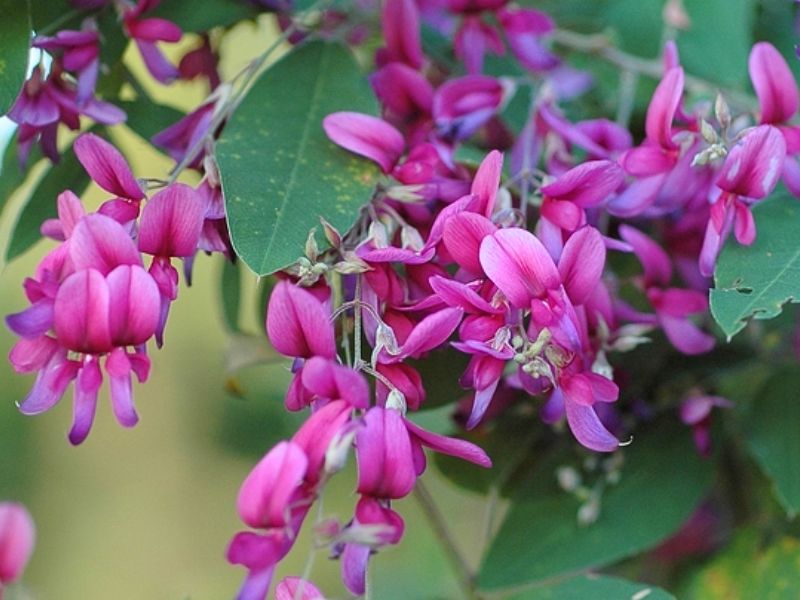
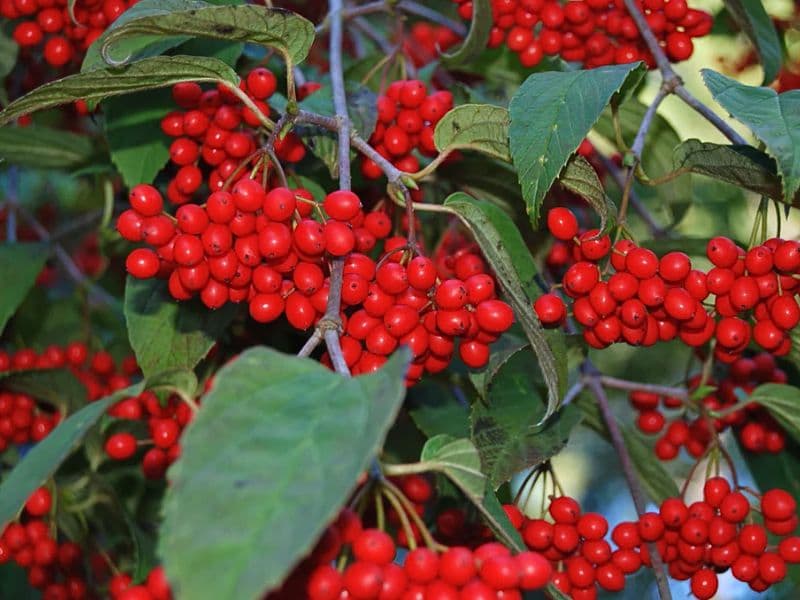
Leave a Reply